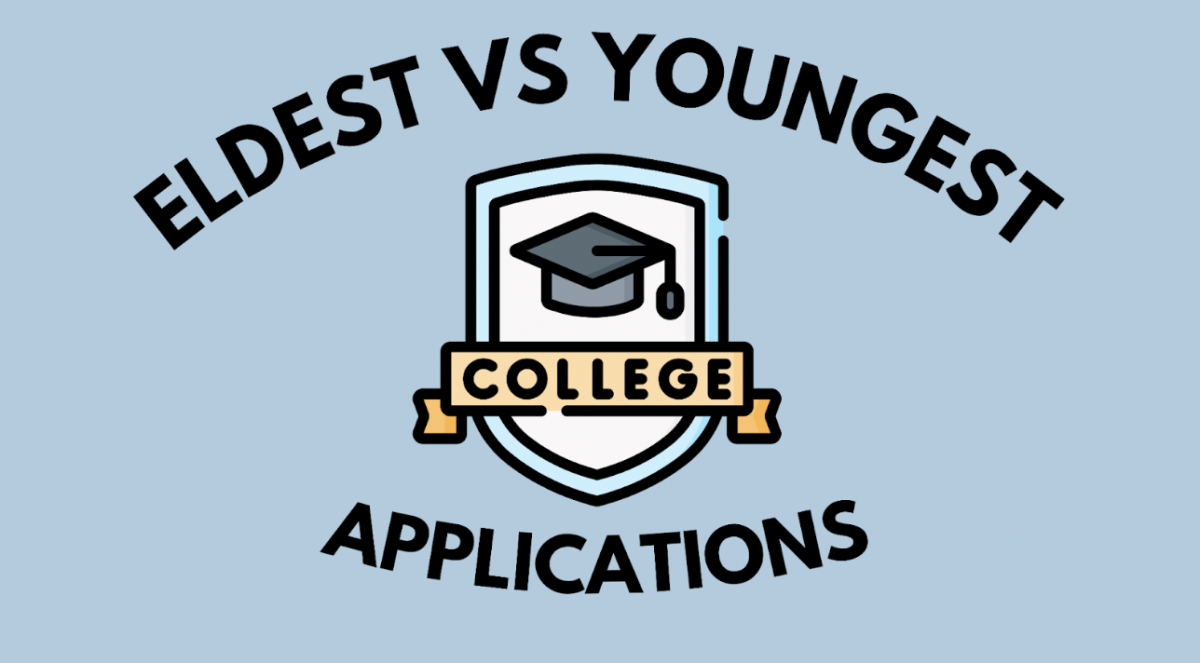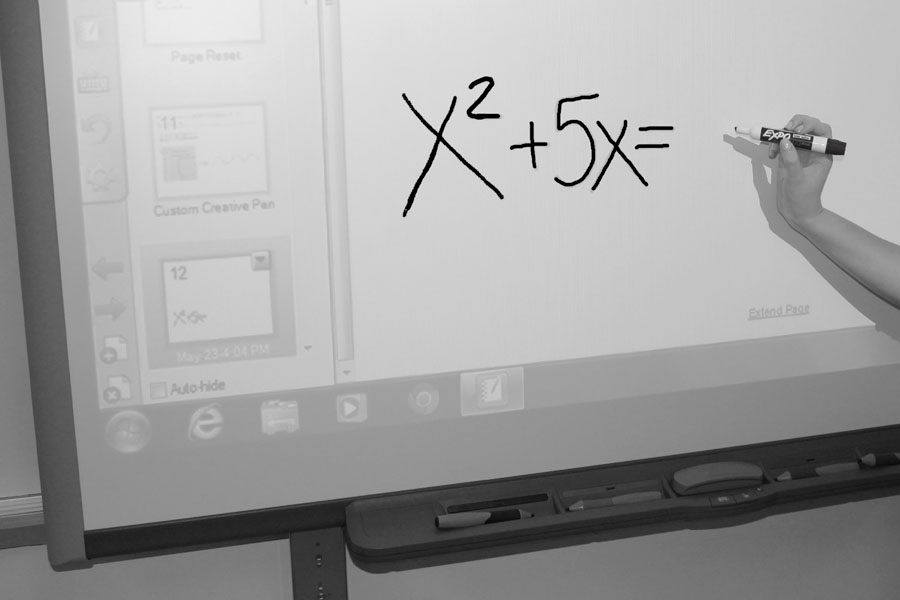There are iPads in the library, SMART Boards in classrooms, and a Staples iPhone app so students can record homework and follow their daily schedules. But what happens on any given day can be a different story. Some Staples teachers struggle with technology, in part because they haven’t been trained.
“The amount of technology in this building in the last couple of years has exploded,” said James D’Amico, social studies department chair and Co-Chair of the Staples Information Technology Laboratory (ITL) Committee. D’Amico said he was referring not just to classroom technology but devices and programs used by students as well.
Many students report classes that use technology to supplement and facilitate learning. But some technology can be more difficult to use, which can cause teachers to struggle in the classroom.
One recent week, according to Brenden Price ’16, a teacher almost drew on a SMART Board with a dry erase marker because he didn’t know the board would be ruined. The students in the class ended up helping the teacher by writing on the SMART Board using the electronic pens.
Alex Uman ’16 also described a teacher who struggled with technology of a different sort — setting up movies, for example. “She doesn’t know how to use it,” Uman said.
Student responses to teachers’ difficulties vary: some are more tolerant of the struggles than others; some might even make fun of a teacher who isn’t as skillful.
On the other hand, a number of teachers successfully use technology to enhance the learning experience of their students. Rob Rogers, a social studies teacher and Co-Chair of the ITL Committee, allows students to build websites and use “any kind of technology they want to take notes on.”
“Looking at next year, I’m planning to go to more of a digital curriculum where just about everything will be primarily online,” Rogers said.
Students may see a teacher’s technological struggles as a weakness, but Rogers, who receives several questions a day from teachers regarding technology, views it differently.
“If you put me in front of a car and said ‘Could you change the oil?’ I know it’s a pretty simple thing, but I don’t really know how to do it; so I would have trouble with that,” Rogers said. “It is like someone who can use [Microsoft] Word, but may not be able to manipulate it because all they know how to do is turn it on, type in it, and print something out. Everyone’s skill set is different.”
D’Amico agreed that “the technology use is kind of spotty [among teachers],” but added that the problem stems from a lack of time to train teachers.
Teachers only receive technology training a few times a year during professional development days, including the three days before students begin school, and at a handful of after-school meetings, D’Amico said. And during each of these professional development days, only a small portion of the time is dedicated to training teachers. D’Amico also said that, in those hours, time is mostly concentrated on learning the uses for Gmail or Blackboard, and that little to no instruction is provided for “creative uses of technology in the classroom.”
“The main issue we have is coordination. We have the resources to train them and we have staff members who can train them,” D’Amico said. “I think the biggest thing we need to do to get teachers more training is figure out the best way to schedule it so we can get the most use of the time that we have and make sure the technology training fits in with the other stuff teachers are doing in their curriculum.”
Despite a lack of time to train teachers, D’Amico is excited about several pilot classes next year. Two health classes will be using Chromebooks in class to see if it is possible to run a curriculum entirely off of a web-based platform, and another class will do the same with iPads.
The ITL committee is also looking at possibly putting in a “genius bar” in the library where students and teachers can go to ask other students and teachers technology questions. “Every kid at Staples knows if you have a math question you can go to the math learning center and there’s a teacher there,” D’Amico said. “We want to create a student driven technology learning center.”













































